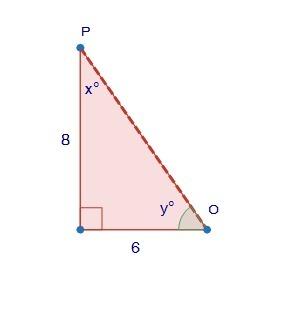
Mathematics, 23.09.2021 06:30 anikakurup0
Each American family is classified as living in an urban, rural, or suburban location. During a given year, 15% of all urban families move to a suburban location, and 5% move to a rural location; also, 6% of all suburban families move to an urban location, and 4% move to a rural location; finally, 4% of all rural families move to an urban location, and 6% move to a suburban location.
a. If a family now lives in an urban location, what is the probability that it will live in an urban area two years from now? A suburban area? A rural area?
b. Suppose that at present, 40% of all families live in an urban area, 35% live in a suburban area, and 25% live in a rural area. Two years from now, what percentage of American families will live in an urban area?
c. What problems might occur if this model were used to predict the future population distribution of the United States?

Answers: 2
Another question on Mathematics

Mathematics, 20.06.2019 18:04
Anewborn baby had about 26,000,000,000 cells. an adult has about 4.94 times 10 to the 13 power cells. how many times as many cells does an adult have than a newborn
Answers: 1

Mathematics, 21.06.2019 19:10
At a kentucky friend chicken, a survey showed 2/3 of all people preferred skinless chicken over the regular chicken. if 2,400 people responded to the survey, how many people preferred regular chicken?
Answers: 1

Mathematics, 22.06.2019 00:20
Aline is perpendicular to another line m2= (-1/m1), where m1 is the slope of the original line and m2 is the slope of the perpendicular line. which of the following equations represents the line that passes through the point (-2,1) and is perpendicular to the line below?
Answers: 2

Mathematics, 22.06.2019 01:00
Which is an accurate comparison of the two data sets? the commute to work is typically shorter and more consistent than the commute home. the commute to work is typically shorter but less consistent than the commute home. the commute to work is typically longer and less consistent than the commute home. the commute to work is typically longer but more consistent than the commute home.
Answers: 2
You know the right answer?
Each American family is classified as living in an urban, rural, or suburban location. During a give...
Questions

Mathematics, 02.02.2021 01:00

Mathematics, 02.02.2021 01:00

Mathematics, 02.02.2021 01:00

Mathematics, 02.02.2021 01:00





SAT, 02.02.2021 01:00

Mathematics, 02.02.2021 01:00


Mathematics, 02.02.2021 01:00


Mathematics, 02.02.2021 01:00





Mathematics, 02.02.2021 01:00




